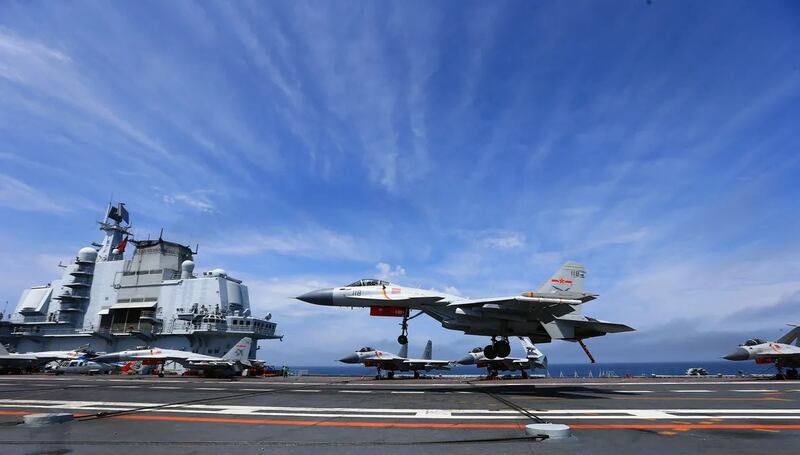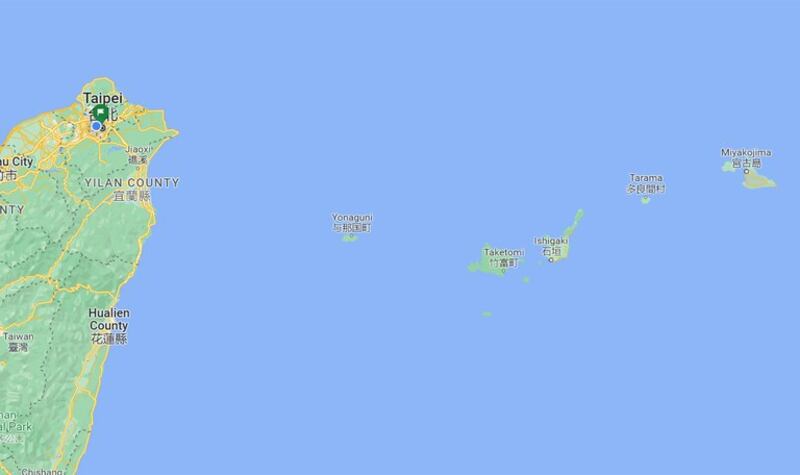Chinese vessels have intensified activities around Japan this week, sending a clear message of deterrence after Tokyo designated Beijing an unprecedented “strategic challenge” in its latest National Security Strategy.
On Dec. 16 Japan unveiled three major defense-related documents, which named China as a main challenge to security and stability in the region and called for boosting Japan’s “counter-strike capabilities.”
The Chinese Coast Guard said on WeChat that its ships patrolled "in the Chinese territorial waters surrounding the Diaoyu islands on Wednesday," using the Chinese name for the Senkaku islands which are under Japan's control but are also claimed by China.
Territorial waters are the areas within 12 nautical miles (22 kilometers) of island coasts.
Japan has yet to respond but Tokyo has repeatedly accused Beijing of violating its sovereignty over the Senkaku islands.

Meanwhile the Japanese Ministry of Defense Joint Staff said in a press release on Wednesday that the aircraft carrier Liaoning of the Chinese People's Liberation Army (PLA) Navy and escorting warships have been conducting drills in the West Pacific since Dec. 16.
Between Saturday and Tuesday, the Liaoning hosted about 130 aircraft sorties while operating around Okidaito island and Kitadaito island south of Japan, it said.
The Liaoning carrier group consists of two Type 055 large missile destroyers and a number of other vessels.
“The Kuznetsov-class aircraft carrier Liaoning of the Chinese Navy was confirmed to have made approximately 130 take-offs and landings during this period, including approximately 60 by fighter aircraft and 70 by helicopters,” the press release stated.
This was more than twice the intensity of the exercises held in the same region in May by the Liaoning carrier group.
The Liaoning hosted more than 300 fighter jet and helicopter sorties in 20 days in the far sea exercises in the West Pacific in May, putting Japanese defense forces on high alert.
"We will conduct surveillance activities with a strong sense of tension," then Defense Minister Nobuo Kishi was quoted as saying.
The exercise area of the Chinese carrier is close to the southwestern Nansei islands between Japan and Taiwan.

Simulating attacks on Nansei islands
Japanese newspaper the Yomiuri Shimbun quoted anonymous Chinese government sources as saying on Thursday that the drills conducted by the Liaoning carrier strike group were to “simulate attacks on Japan’s Nansei islands.”
The Nansei (Ryukyu) islands are an island chain stretching southwest from the Japanese prefectures of Kagoshima and Okinawa toward Taiwan.
The westernmost tip lies just 110 kilometers (68 miles) from the self-ruled island of Taiwan that Beijing considers a breakaway Chinese province and vows to reunite with the mainland.
“Chinese President Xi Jinping is said to have instructed the military to start the drills” upon Japan’s launch of three security documents, the Yomiuri quoted the Chinese sources as saying.
The carrier strike group usually holds annual winter exercises around December but this year, Xi designated a start date “to undermine Japan’s security strategy against China,” the sources said.
According to the Yomiuri’s Chinese sources, the PLA would conduct “long-range strike drills from waters in the western Pacific, simulating missile launches targeting islands in the Nansei chain.”
The Liaoning and other vessels in the strike group are currently some 450 kilometers (280 miles) east-northeast of Kitadaito island, from where carrier-borne aircraft could reach the Nansei islands in less than ten minutes.
Chinese strategic bombers “will also simulate a pincer attack on Taiwan from the east and west during the drills,” which are expected to end on Dec. 26, according to the sources.
Japan’s new defense strategy, in an apparent shift from the country’s pacifist doctrine, stated that Japan would need to acquire more “counter strike” capabilities, especially long-range land- and sea-launched missiles.
Tokyo has already deployed a large number of missiles on Nansei islands and plans to further beef up defenses in preparation for a Taiwan Strait crisis.
The Japanese defense ministry wants to expand fuel and ammunition storage facilities, as well as bolster missile and electronic warfare capacity on the Nansei Islands, according to Japan's 2022 defense white paper.
Kyodo news agency reported in December 2021 that Japan's Self-Defense Forces and the U.S. Army had drafted a joint operation plan that would enable an 'attack base' to be established in the Nansei island chain, the timeframe of which remains unclear.
